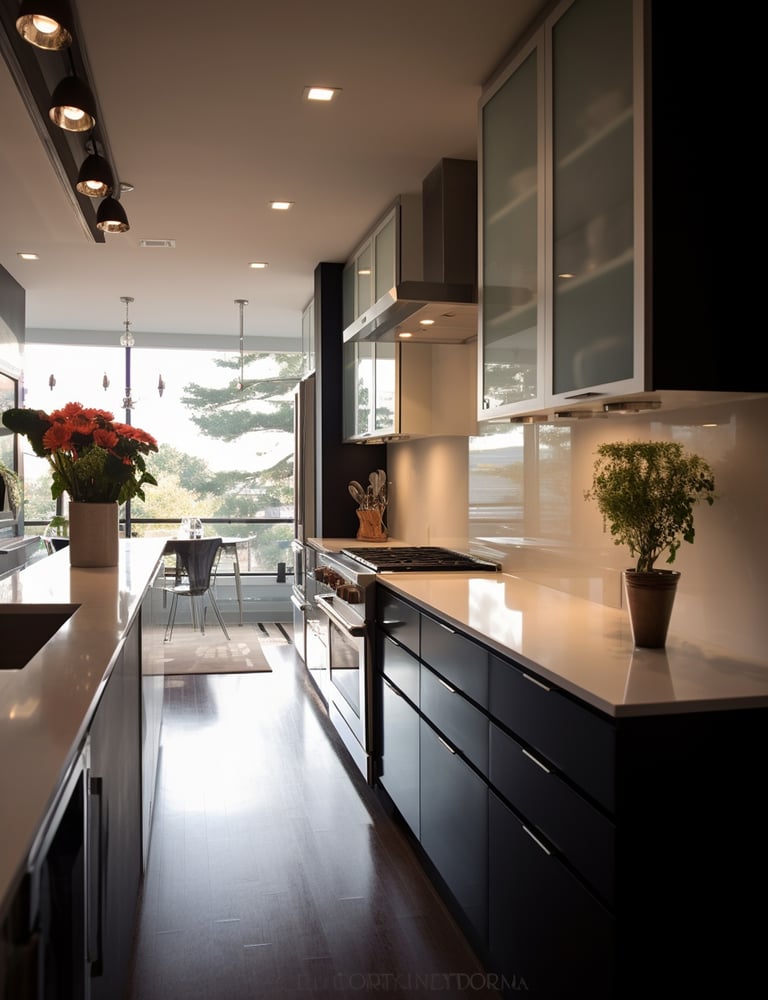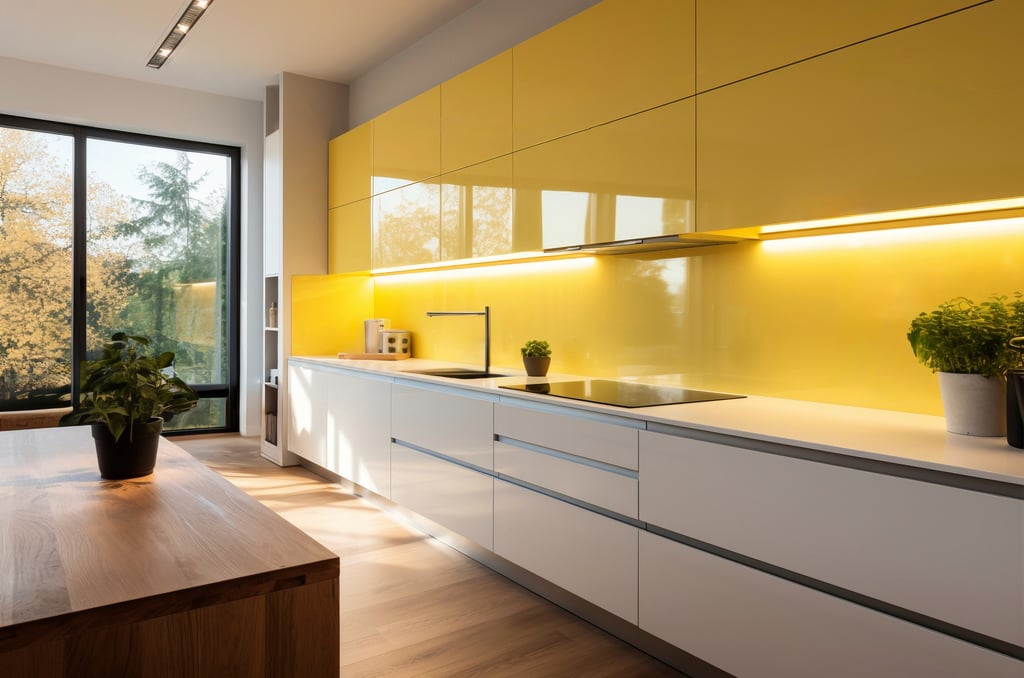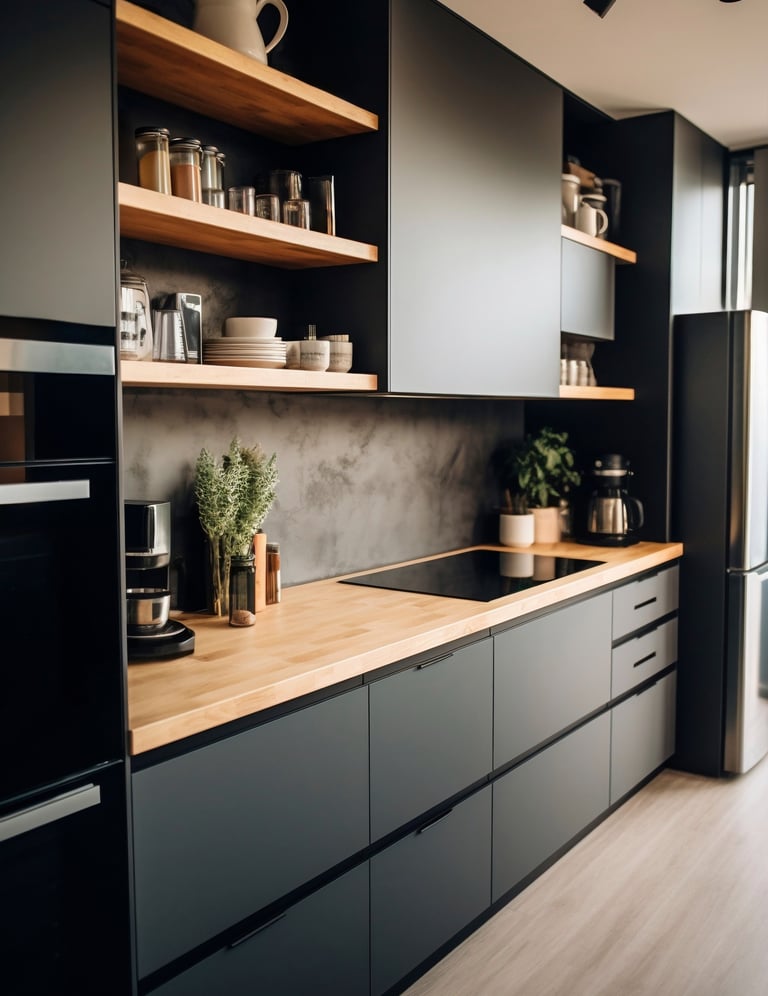The Heart of the Home Unveiled: Expert Secrets to Choosing Your Dream Kitchen Cabinets
DESIGNKITCHEN
Section 1: The Blueprint of Functionality – Types of Kitchen Cabinets & Their Benefits
So, now that you know the basics of their importance, let’s talk about the fundamental types of kitchen cabinets. Each one plays a crucial role in creating an efficient and ergonomic kitchen layout.
Base Cabinets: Your Ground-Level Heroes:
These are the foundational elements of your kitchen, standing directly on the floor. They support your countertops, sink, and often your hob, creating that essential work surface. Their robust construction makes them ideal for housing heavier items.
Benefits: Provide sturdy support for countertops and integrated appliances; offer versatile storage with drawers for pots and pans, pull-out shelves, and bins for waste; enhance accessibility being at waist height.
Wall Cabinets: Elevated Essentials & Eye Candy:
Installed above your counters, these designs are great for storing stuff needed within arm’s reach. They are typically shallower than base cabinets, preventing them from feeling imposing, and come in various heights to suit different ceiling levels.
Benefits: Perfect for everyday dishes, glasses, spices, and smaller appliances; offer significant visual impact with options like glass fronts for display or integrated lighting; free up valuable counter space.
Tall Cabinets: Vertical Powerhouses:
Often extending from floor to ceiling, tall cabinets are a lifesaver for making the most of vertical space, offering immense storage capacity.
Benefits: Ideal for creating a dedicated pantry for bulk groceries and non-perishables; perfect for integrating built-in appliances like ovens, microwaves, or refrigerators for a seamless look; can serve as utility cabinets for cleaning supplies.
Corner Cabinets: Turning Awkward into Awesome:
Corner Cabinets: Turning Awkward into Awesome.
Benefits: Lazy Susans (rotating shelves) make every item in a deep corner easily accessible; Blind Corner Pull-Outs allow shelves or baskets to slide out into view; Pie-Cut Cabinets offer better direct access, maximizing previously unusable space.




Section 2: The Art of Aesthetics – Popular Kitchen Cabinet Styles for the Perfect Design
When it comes to kitchen cabinet design, it’s all about the style. Style is always personal, reflecting your taste and the overall décor of your home. Whether you are all about a clean, modern look or love the timeless charm of a classic design, there’s a style for everyone. Here’s what’s trending and consistently admired:
Shaker Style:
This timeless and versatile design features a flat door panel with a raised frame, characterized by clean lines and minimal ornamentation.
Benefits: Great for both modern and traditional kitchens, offering a classic yet adaptable look that stands the test of time.
Flat-Panel (Slab) Style:
Sleek, smooth, and ultra-modern, flat-panel cabinets bring that minimalist vibe to your kitchen. They have no ornamentation or frames, creating a streamlined appearance.
Benefits: Easy to clean; perfect for contemporary and minimalist aesthetics; offers a very clean, uncluttered look.
Inset Cabinets:
If you favour a clean, classic, and almost hand-crafted look, inset cabinets are the way to go. The door and drawer fronts sit flush inside the cabinet frame, revealing the frame around each opening.
Benefits: Provides a sophisticated, high-end, furniture-like appearance; often associated with custom craftsmanship; offers a very clean, precise fit.
Glass-Front Cabinets:
These cabinets replace solid panels with glass, offering a touch of sophistication. They can be integrated into any of the above styles.
Benefits: An easy way to display beautiful dishes, glassware, or decorative items; can visually open up a small kitchen, making it feel less heavy; adds depth and light, and can even hide a few imperfections within the cabinet if frosted or textured glass is used.
FOQ
Q1. What's the ideal height for wall cabinets in an Indian kitchen to ensure easy access?
A1. Typically, wall cabinets are installed 18-24 inches (45-60 cm) above the countertop. This height provides comfortable access for most individuals while leaving ample space for countertop appliances. However, for taller individuals or higher ceilings, this can be adjusted.
Q2. How do I choose between a traditional Shaker style and a modern Flat-Panel cabinet for my Indian home?
A2. Consider your home's overall aesthetic. If your home has a mix of traditional and contemporary elements, or you prefer a timeless look, Shaker style is versatile. If you lean towards minimalist, sleek, and uncluttered aesthetics, Flat-Panel cabinets are ideal. Also, consider ease of cleaning; flat panels are simpler to wipe down.
Q3. Are glass-front cabinets practical for an Indian kitchen, given the likelihood of oil and spice stains?
A3. They can be! Use frosted or textured glass instead of clear glass to subtly obscure contents and minimize visible stains. Place them strategically for displaying less frequently used, beautiful dishes or items that are easy to keep clean. Limit their use to specific sections rather than the entire kitchen if frequent cooking is involved.
Q4. What's the most cost-effective yet durable material for kitchen cabinets in India?
A4. Plywood with a laminate or acrylic finish is generally considered the most cost-effective and durable option for Indian homes. It offers good moisture resistance and strength without the high cost of solid wood or stainless steel, and the finishes are relatively easy to maintain.
Q5. How can I ensure my kitchen cabinet design maximizes storage in a small space?
A5. Focus on vertical storage with tall pantry units and floor-to-ceiling wall cabinets. Incorporate smart internal organizers like pull-out drawers, corner solutions (Lazy Susans), and drawer dividers. Choose base cabinets with drawers rather than traditional shelves for better accessibility and organization of pots and pans.
In the bustling landscape of an Indian home, the kitchen stands as a vibrant hub of activity, tradition, and culinary innovation. At its very core, defining both its efficiency and its soul, are the kitchen cabinets. They are far more than mere storage units; they are the architectural framework, the style statement, and the functional backbone that dictate how seamlessly your kitchen operates and how beautifully it presents itself. Making the right choices for your kitchen cabinets is a critical investment, blending practicality with personal aesthetic to create a space that truly resonates with your lifestyle.
Navigating the myriad of options available can feel overwhelming. From diverse configurations to an array of styles and materials, each decision impacts not just the look but also the longevity and daily usability of your kitchen. With expert insights, however, you can confidently select cabinets that not only meet your needs but exceed your expectations, transforming your kitchen into a highly organized, inspiring, and beautiful culinary sanctuary.


Section 3: The Foundation of Durability – Choosing the Right Kitchen Cabinet Material for Your Home
Let’s talk materials. You want your cabinets to look good, but also work hard and withstand the rigours of a busy Indian kitchen. When choosing kitchen cabinet materials, it’s important to balance beauty, durability, maintenance, and budget.
Solid Wood:
The classic choice, offering unparalleled beauty, warmth, and durability. Popular choices in India include Teak, Sal, and Sheesham.
Pros: Long-lasting, can be refinished multiple times, adds significant value.
Cons: On the pricier side, susceptible to warping with extreme moisture fluctuations, requires more maintenance.
Plywood:
An excellent option for cost-conscious folks who still want something sturdy. It’s made from thin layers of wood veneer glued together, providing good strength and stability. Often used as the core for laminates or veneers.
Pros: Very strong and stable, good resistance to moisture (especially marine grade), more affordable than solid wood.
Cons: Edges need careful finishing, less aesthetic appeal if exposed.
MDF (Medium-Density Fibreboard):
A smooth, uniform board made from wood fibres. It’s ideal for painting and creating seamless finishes.
Pros: Very smooth surface for painting or laminating, cost-effective, uniform density, good for intricate designs.
Cons: Less resistant to moisture swelling than plywood, not as strong for holding screws repeatedly, can be heavy.
Particleboard (Chipboard):
The most budget-friendly option, made from wood chips and resin. Usually covered with laminate or veneer.
Pros: Highly economical, lightweight.
Cons: Not as durable or moisture resistant as plywood or MDF, can sag under heavy loads, prone to chipping.
Metal/Stainless Steel:
Sleek, modern, and perfect for contemporary, industrial, or even professional-grade kitchens.
Pros: Extremely durable, highly resistant to moisture, heat, and pests, very hygienic and easy to clean.
Cons: Can be noisy, prone to showing fingerprints and scratches, less warm aesthetically, can be expensive.
Profile Shutters:
One of the best options for kitchen shutters, it's a factory-made shutter with aluminium and glass, sleek design and modern look
Pros: Durable, very hygienic and easy to clean, can fix various type of glass like- Tinted, Fluted, clear
Cons: prone to showing fingerprints and scratches,
Choosing your kitchen cabinets is an investment in your home's functionality and style. By understanding the roles of different cabinet types, exploring various styles, and carefully considering material durability, you'll craft a kitchen that truly is the heart of your home – organized, efficient, and inspiring.



